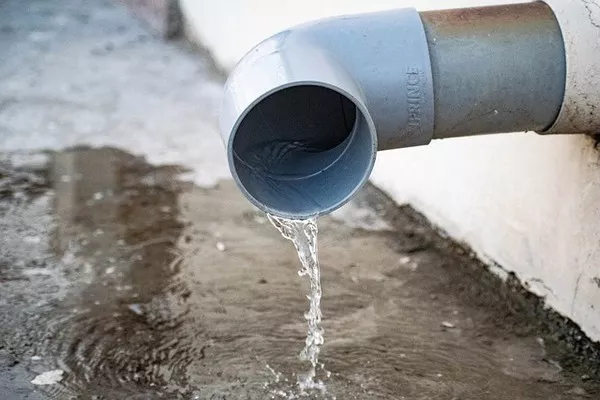In the intricate web of urban infrastructure, sewage systems play a crucial and often underappreciated role in maintaining public health and environmental sustainability. A sewage system, also known as a wastewater or sanitation system, is a complex network of pipes, pumps, treatment plants, and other components designed to manage and dispose of human waste and other pollutants from households, businesses, and industries. This article delves into the intricacies of sewage systems, highlighting their importance in modern society and the challenges they face.
Components of a Sewage System
A sewage system comprises two main components: the collection system and the treatment system. The collection system is responsible for gathering wastewater from various sources, including residential, commercial, and industrial establishments. This is achieved through an extensive network of underground pipes that channel the wastewater to a treatment facility. The treatment system is designed to purify the wastewater before releasing it back into the environment or, in some cases, reusing it for non-potable purposes.
The Collection System
The collection system of a sewage network is a vast and intricate network of pipes that crisscross beneath urban landscapes. These pipes, known as sewer lines, are responsible for transporting wastewater from homes, businesses, and industries to treatment plants. Gravity and pumping stations facilitate the movement of wastewater through the network, ensuring a continuous flow towards the treatment facilities.
One of the key challenges in designing a collection system is accommodating the varying types and volumes of wastewater generated in different areas. Residential areas produce predominantly domestic wastewater, while industrial zones may generate wastewater with higher concentrations of pollutants. Engineers must consider these variations to design efficient and effective sewage collection systems.
The Treatment System
Once the wastewater reaches a treatment plant, the treatment system goes to work, employing a series of processes to remove impurities and contaminants. Primary treatment involves the physical removal of large solids through processes like screening and sedimentation. Secondary treatment employs biological processes to break down organic matter, while tertiary treatment further refines the water quality by removing remaining contaminants.
Advanced treatment technologies, such as membrane filtration and ultraviolet disinfection, are increasingly being incorporated into sewage treatment plants to meet more stringent environmental standards. These technologies enhance the treatment process, ensuring that treated water meets or exceeds regulatory requirements before being released or reused.
Importance of Sewage Systems
Public Health Protection:
Sewage systems are indispensable for safeguarding public health by preventing the spread of waterborne diseases. Inadequate sanitation can lead to the contamination of water sources, causing outbreaks of illnesses such as cholera and dysentery. A well-functioning sewage system helps mitigate these risks, protecting the health and well-being of communities.
Environmental Conservation:
Effective sewage systems are essential for environmental conservation, preventing the discharge of untreated wastewater into rivers, lakes, and oceans. Untreated sewage can harm aquatic ecosystems, deplete oxygen levels, and foster the growth of harmful bacteria and algae. By treating wastewater before release, sewage systems contribute to the preservation of aquatic environments and biodiversity.
Urban Livability:
Sewage systems contribute to the overall livability of urban areas by managing waste discreetly and efficiently. Proper wastewater management prevents foul odors, insect infestations, and the spread of diseases associated with untreated sewage. In turn, this enhances the quality of life for residents and fosters a healthier and more attractive urban environment.
Challenges and Future Considerations
While sewage systems have undoubtedly improved public health and environmental conditions, they face ongoing challenges and considerations for the future.
Aging Infrastructure:
Many cities around the world grapple with aging sewage infrastructure. Over time, pipes deteriorate, leading to leaks, blockages, and system failures. Investing in the maintenance and upgrading of these aging systems is crucial to ensure their continued effectiveness.
Population Growth and Urbanization:
Rapid population growth and urbanization strain existing sewage systems, leading to increased demands on treatment plants and collection networks. Urban planners must anticipate future growth and design sewage systems that can accommodate expanding populations and changing demographics.
Climate Change Impacts:
Climate change introduces new challenges for sewage systems, including more frequent and intense rainfall events, rising sea levels, and altered precipitation patterns. These factors can overwhelm existing infrastructure, leading to flooding and the release of untreated sewage into water bodies. Climate-resilient designs and adaptation strategies are essential to address these challenges.
Conclusion
Sewage systems are the unsung heroes of urban infrastructure, silently working to protect public health and the environment. As cities continue to grow and evolve, the importance of investing in robust and resilient sewage systems becomes increasingly apparent. By understanding the complexities of these systems and addressing their challenges, communities can ensure a cleaner, healthier, and more sustainable future.

